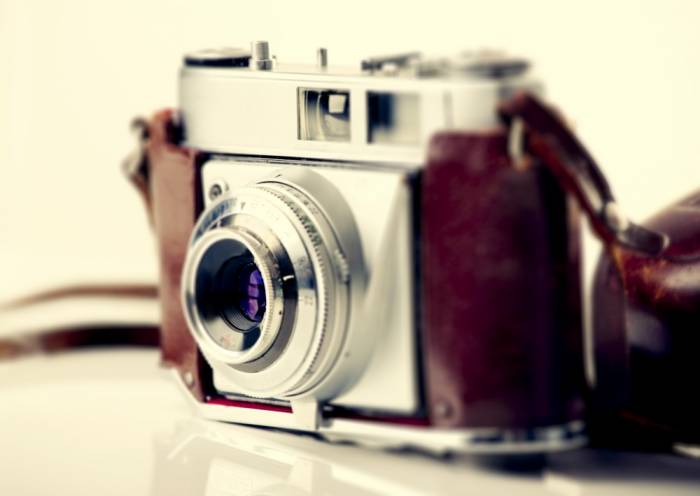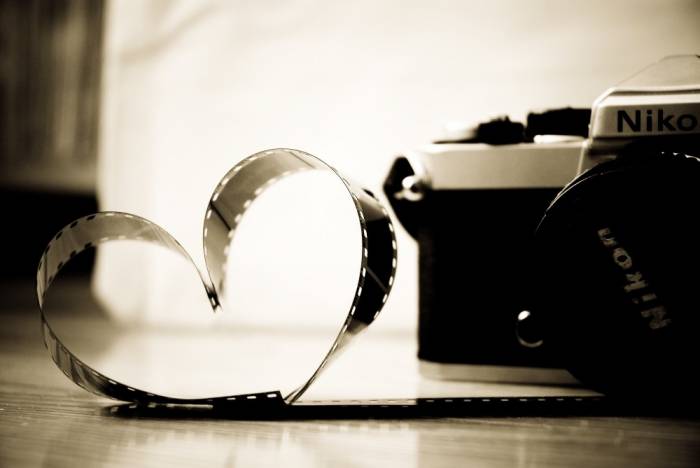
29 Jul Photo Editing in Professional Photography
With the development of digital cameras and constant technological advances, which resulted in dropping prices of older models, these gadgets became more affordable than ever before and it is hard to imagine a modern family in a developed country who does not possess some digital device for taking photos. As the IT sector is becoming increasingly important, so is the internet and all the services which are related to it – online marketing, social networks, news websites, etc. All of this has contributed to photography becoming one of the most common hobbies, but also to the fact that professional photographers are more sought after than ever before. The development of CGI and photo manipulation software also raised some questions related to professional photography practices, such as whether they should use photo editing software to retouch and improve their photos, and to what extent does this affect the artistic value of their products.
Common objections

A lot of puritans would be up in their arms at the sheer thought of this practice. One of the arguments that are most commonly heard of is that using computer software to enhance photos neglects “natural”, artistic skills which are required to make good photographs. To some extent, what they claim is true – the best example are CGI professionals employed in film and video game industries, who can create unbelievable surroundings by using only computer animations. It can be argued that, in order to create amazing photographs, it is more important to know how to use photo editing software than to possess the skills necessary to take quality shots with a camera alone. For this reason, many companies which provide professional photography services also offer photo editing and retouching. In order to decide whether this improves or downgrades the value of photography, perhaps we should refer to some earlier examples when new technologies were employed, to bring one of the most popular pastime activities to a new level.

Photography puritans complained when digital cameras became mainstream products because it allowed anyone who could afford a high-end camera and additional equipment to call each other “photographers”, since technology became more important than the people standing behind it – gone are the days when aspiring photographers had to learn everything from the beginning, consider various conditions when taking their shots and use their creativity to overcome multiple limitations of old technology. But we should ask ourselves whether this really is a downside. Others claim that technology helps photography because it speeds up the learning curve and, as a result, we receive a much bigger number of good, quality shots. Similar objections can be heard about new developing cameras which collect a huge amount of data with each shot, thus allowing their users to adjust the focus of the picture after it has been taken. By using these cameras, “once in a lifetime” shots will become an everyday occurrence. But, if this results in an increased number of amazing photos, is it truly a downside? It is the same with photo editing – perhaps we should think about the end products before we oppose new technologies.
The importance of end products

This is maybe even the most important question to consider. Not every photographer cares about his work having high artistic value, while most customers probably care even less. Professional photography is not only a form of art, it is also a service and as such, it depends to a large extent on the clients and the intended market. Fashion and product photographers often use extensive photo retouching and editing because what is required from them is not always possible to make using the camera alone. But, they are certainly not the only ones. Even many art photographers edit their images using computer software. What is important to note is that, as long as editing is not used to miraculously make bad shots good, but rather to improve a shot which is already a good one, it does not take away from the artistic value of the photo. It can often be heard that if a photograph of a wild animal looks too good to be true – it probably is. What people mean when they use this phrase is that many photographers “rent” tamed wild animals from zoos or private owners to pose for them in the wild while they take pictures at will, in whatever conditions they desire. If this still counts as nature photography and their shots end up in renowned magazines – is using photo retouch services really such a bad thing?

